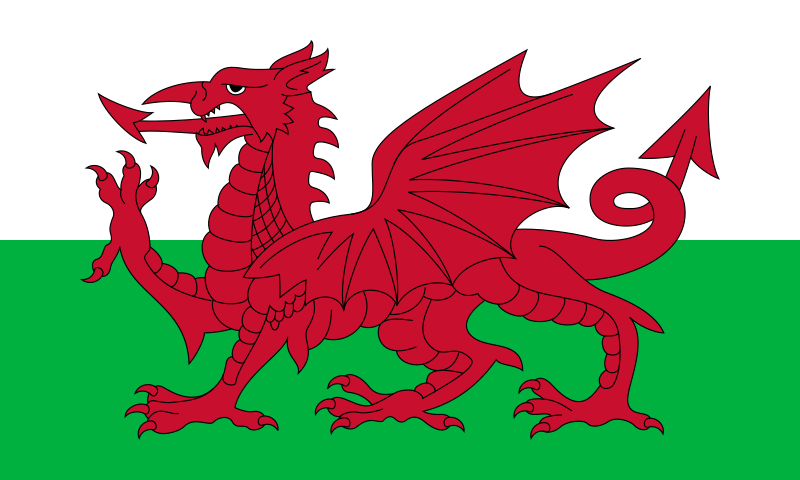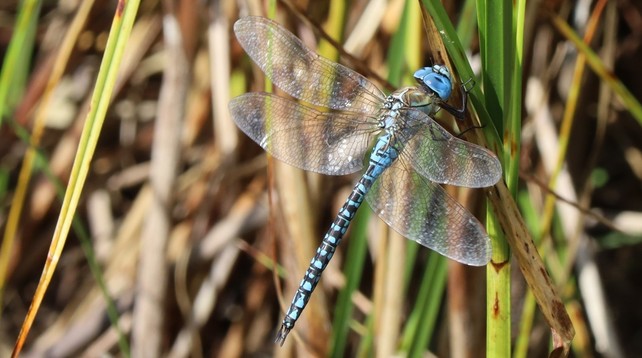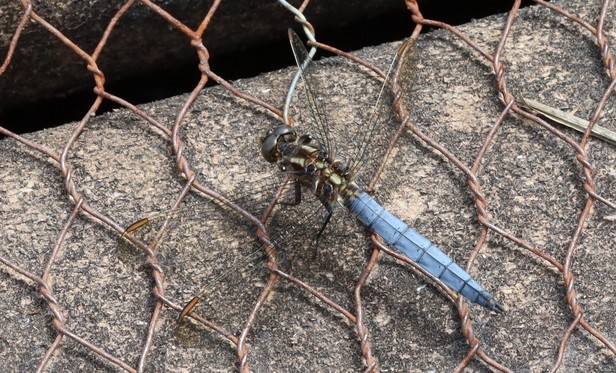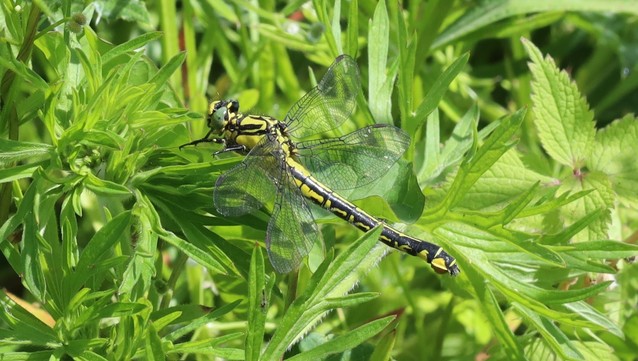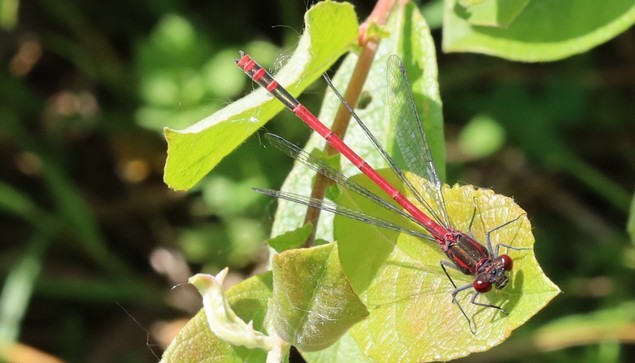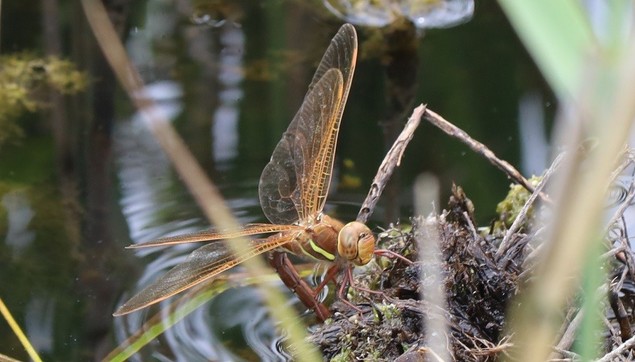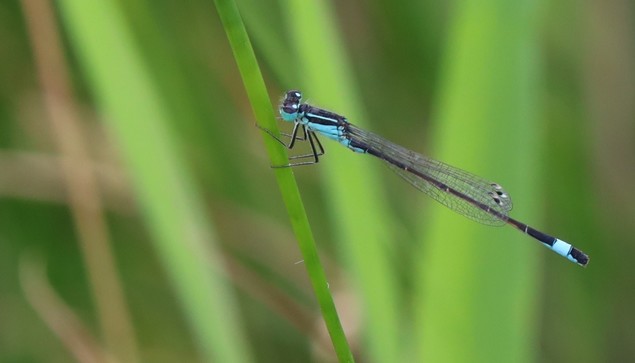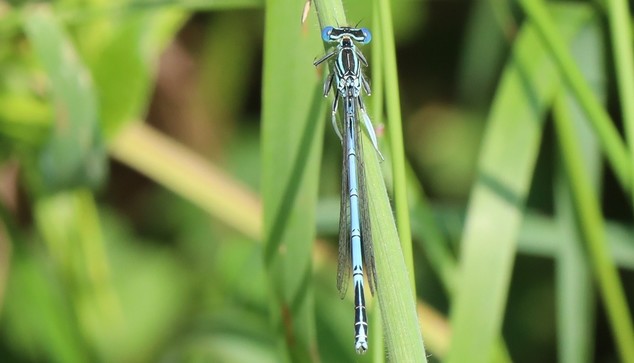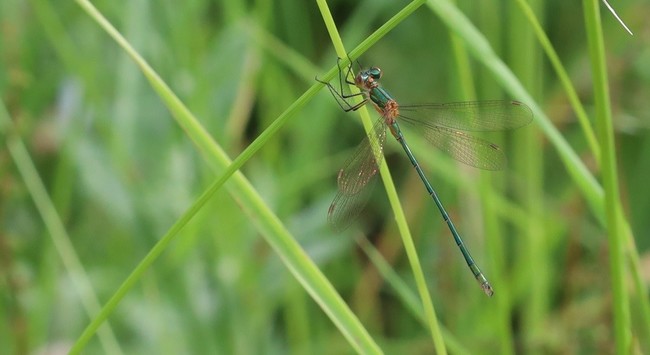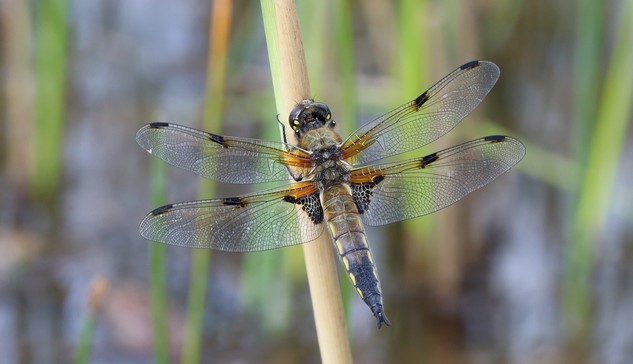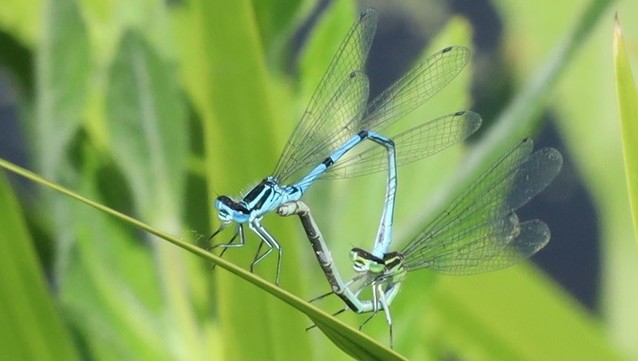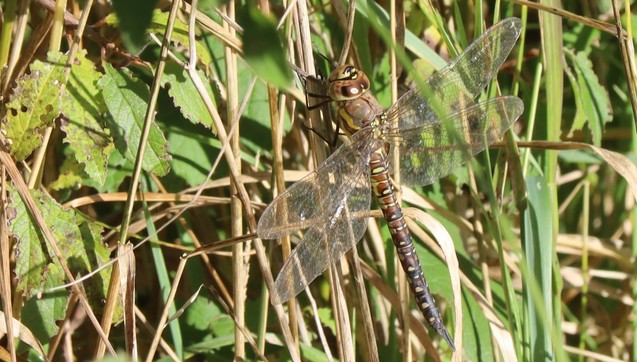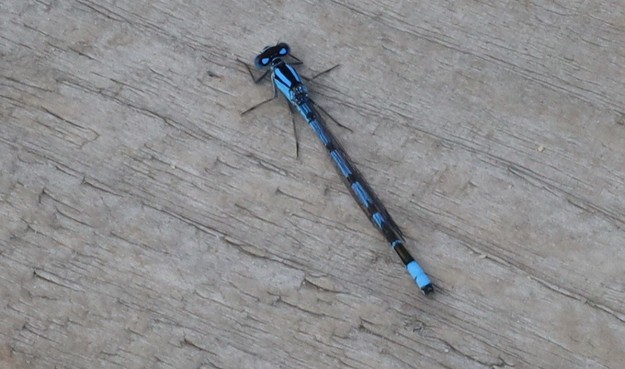Recent searches
Search options
It's December so welcome to the 2023 #dragonfly #AdventCalendar featuring a different species each day for 24 days. We start with a Southern Migrant Hawker. A fairly recent arrival in the UK; this one was at #CanveyIsland #Essex in July. They like ditches with very little water, even if they dry out in summer. They're huge compared to most other UK species. #wildlife #insects #wildlifephotography
Day 2 of the 2023 #dragonfly #AdventCalendar and today we have a Keeled Skimmer, a classic species of bogs and wet heaths throughout the UK. This one was at the wonderful #Devon #WildlifeTrust reserve at Bystock Pools in August. #DragonflyAdventCalendar #wildlife #insects #wildlifephotography #invertebrates
Day 3 of the 2023 #dragonfly #AdventCalendar Today's photo is a Common Clubtail. Despite the name they're not at all common. They like large, slow-flowing rivers. This one was by the Thames at Goring in late May. Despite the bright colouring they can be hard to spot when hiding like this. #Oxfordshire #DragonflyAdventCalendar #wildlife #insects #wildlifephotography #invertebrates
Day 4 of the 2023 #dragonfly #AdventCalendar Time for our first #damselfly and it's the Large Red, which is generally the earliest to emerge each year in April. This one was at the great #Wiltshire #WildlifeTrust reserve #Ravensroost Meadows, in early June. #DragonflyAdventCalendar #wildlife #insects #wildlifephotography #invertebrates
Day 5 of the 2023 #dragonfly #AdventCalendar. Brown Hawker is a very fast-flying species which doesn't settle often so I find it very hard to photograph. Except when a female is laying eggs, as here at the fantastic #RSPB #StrumpshawFen in #Norfolk in July. #DragonflyAdventCalendar #wildlife #insects #wildlifephotography #invertebrates
Day 6 of the 2023 #dragonfly #AdventCalendar. One of our commonest species, the Blue-tailed Damselfly. This was at #RSPB #StrumpshawFen in #Norfolk in July, but there are probably some at the pond in your local park. #DragonflyAdventCalendar #wildlife #insects #wildlifephotography #invertebrates
Day 7 of the 2023 #dragonfly #AdventCalendar. Common Darter is a very common species in late summer & autumn. In sheltered places they will last into November if it's sunny; there may even be a few now if you're near the south coast. This one was at #Wiltshire #WildlifeTrust #LowerMoorFarm in August. #DragonflyAdventCalendar #wildlife #insects #wildlifephotography #invertebrates
Day 8 of the 2023 #dragonfly #AdventCalendar. The White-legged Damselfly is a particularly beautiful #damselfly with wide white legs & intricate patterning. It avoids ponds preferring slow-flowing rivers. This one was by the #RiverThames at #Goring #Oxfordshire in June. #DragonflyAdventCalendar #wildlife #insects #wildlifephotography #invertebrates
Day 9 of the 2023 #dragonfly #AdventCalendar. Common Emerald #Damselfly. This is a newly-emerged male, with bright green colouring, no blue patches yet and the wing spots still very pale. Sadly these aren't as common in the UK as they once were. In the rest of Europe this would be called Common Spreadwing rather than Common Emerald. At #Wiltshire #WildlifeTrust #Ravensroost Meadows in June. #DragonflyAdventCalendar #wildlife #insects #wildlifephotography #invertebrates
Day 10 of the 2023 #dragonfly #AdventCalendar. It's a Sunday in Advent so I'll post my favourite species, the Banded Demoiselle. The female is bright green, the males have patterned wings and make display flights over the water to impress her. Beside the #RiverThames at #Goring #Oxfordshire in June. #DragonflyAdventCalendar #wildlife #insects #wildlifephotography #invertebrates
Day 11 of the 2023 #dragonfly #AdventCalendar. Four-spotted Chaser is common, bulky and males are fond of fighting over ponds. Which makes them great to watch and a frequent food-source for hobbies. They also mate in flight, during which they're joined into a circle, with the female flying upside down and backwards. It's quite a sight. This male was at #Wiltshire #WildlifeTrust #Ravensroost Meadows in June. #DragonflyAdventCalendar #wildlife #insects #wildlifephotography #invertebrates
Day 12 of the 2023 #dragonfly #AdventCalendar. Azure #damselfly is very common and lives almost everywhere in the UK. The males are one of two common species that are almost entirely bright blue. This mating pair was at my local park in #Swindon in June.
#Wiltshire #DragonflyAdventCalendar #wildlife #insects #wildlifephotography #invertebrates
Day 13 of the 2023 #dragonfly #AdventCalendar. Migrant Hawker is our commonest large species in the autumn, sometimes feeding in large numbers at the edge of woodlands. This female was at #RSPB #FenDrayton Lakes in October. #Cambridgeshire #DragonflyAdventCalendar #wildlife #insects #wildlifephotography #invertebrates
Day 14 of the 2023 #dragonfly #AdventCalendar. Common Blue is one of two UK damselfly species which are very common and have males which are very blue. In really good spots you may see them flying in swarms. This one was at #Thursley Common National Nature Reserve in August. #Surrey #DragonflyAdventCalendar #wildlife #insects #wildlifephotography #invertebrates
@petersketch A Norwegian cousin - maybe. I don't think I can really tell them apart from coenagrion hastulatum.
When I see them, I always think of Douglas Adams' "hyper-intelligent shades of the colour blue". Don't know if they're hyper-intelligent, but they just look like shades of blue, shimmering in the air.
@oysteib Yes, that's common blue. The Coenagrion species have narrower stripes on top of the thorax, and a consistent black "spur" mark on the side of the thorax which Enallagma species lack.



